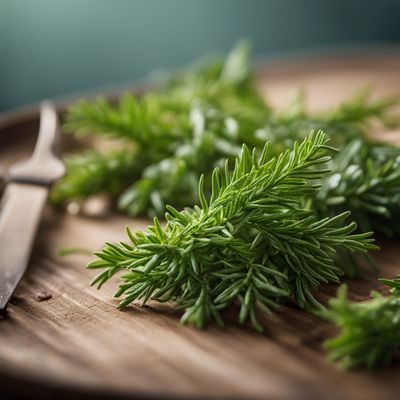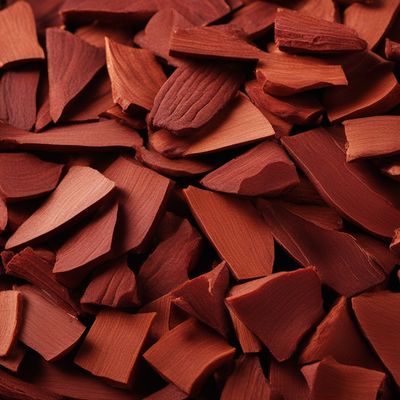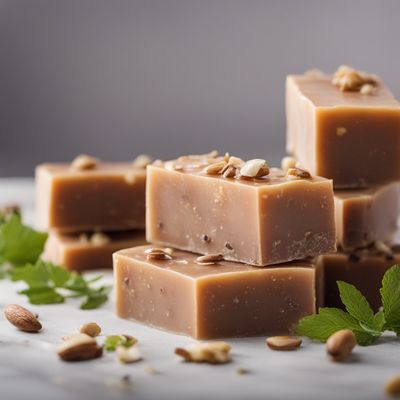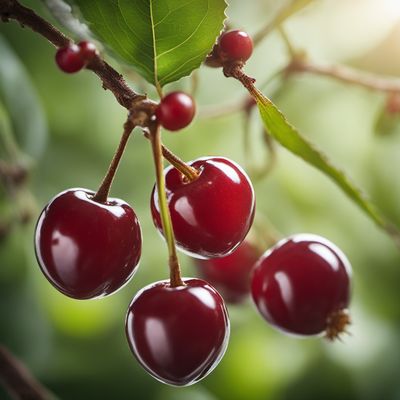
Ingredient
Witch hazel (infusion bark)
Nature's Astringent
Witch hazel infusion bark is derived from the bark of the witch hazel shrub and is characterized by its mild, earthy flavor and astringent taste. It has a smooth texture and is often used in herbal teas, toners, and topical applications.
Origins and history
Witch hazel has a rich history in Native American medicine, where it was used to treat various ailments such as skin irritations, bruises, and insect bites. It was later adopted by European settlers and became a popular ingredient in traditional herbal remedies.
Nutritional information
Witch hazel infusion bark is low in calories and contains tannins, antioxidants, and anti-inflammatory compounds that contribute to its medicinal properties.
Allergens
There are no known allergens associated with witch hazel infusion bark.
How to select
When selecting witch hazel infusion bark, opt for high-quality, organic sources. Look for products that are free from additives or artificial ingredients. Choose reputable brands or suppliers to ensure purity and potency.
Storage recommendations
To maintain the freshness and potency of witch hazel infusion bark, store it in an airtight container in a cool, dark place. Avoid exposure to direct sunlight or moisture.
How to produce
Amateurs can grow witch hazel shrubs in their gardens by providing well-drained soil and partial shade. The bark can be harvested by carefully peeling it off the branches during the dormant season.
Preparation tips
Witch hazel infusion bark can be used to make herbal teas, toners, or added to bathwater for its soothing properties. It can also be infused into oils or used as a natural astringent in skincare routines.
Culinary uses
Witch hazel infusion bark is commonly used in skincare products, herbal remedies, and natural cosmetics. It is often incorporated into toners, cleansers, and ointments for its astringent and soothing effects.
Availability
Witch hazel is native to North America and is commonly cultivated in the United States. It is also found in certain parts of Europe and Asia.
More ingredients from this category » Browse all

Condurango (infusion bark)
The Enigmatic Condurango: A Bark with a Story

Parsley (infusion fruits)
The Versatile Herb: Unveiling the Infusion Fruits of Parsley

Fir (infusion shoots)
Exploring the Aromatic World of Fir Infusion Shoots

Juniper (infusion bark, wood, shoots)
Exploring the Essence of Juniper: From Bark to Shoots

Red sandalwood (infusion bark, wood)
The Scarlet Elixir

Soap-bark tree (infusion bark)
The Natural Cleanser: Soap-Bark Tree

Hibiscus (infusion seeds)
The Vibrant Infusion

Wild angelica (infusion fruits)
The Enchanting Infusion Fruits of Wild Angelica

Cocoa (infusion husks)
The Essence of Cocoa Infusion Husks

Fleawort (infusion seeds)
"Nature's Digestive Aid: Unveiling the Power of Fleawort Infusion Seeds"

Cherries (sweet) (infusion stems)
The Juicy Gems of Summer

Quassia (infusion bark, wood)
Bitter Elixir from Nature's Pharmacy